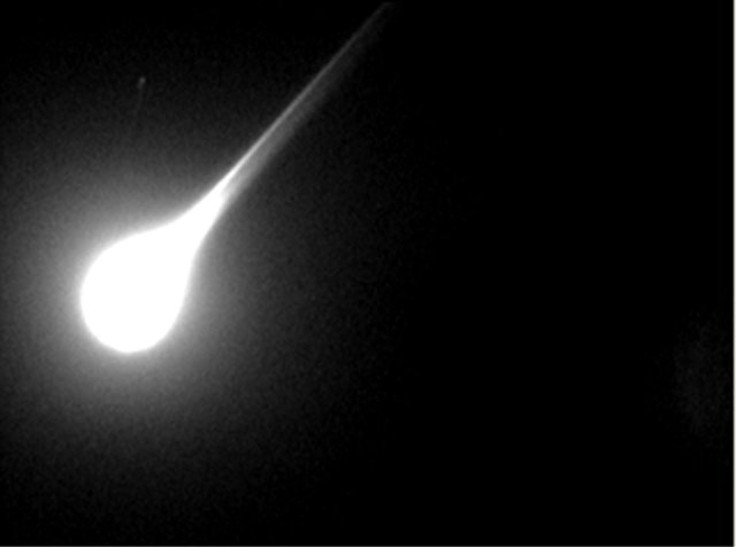Video Captures Asteroid Hitting Earth And Flashing Over Florida [WATCH]

KEY POINTS
- A fireball event was spotted in Florida
- Video shows the fireball fizzling out before disappearing
- A small asteroid may have hit the Earth and caused the fireball event
Several residents in Florida spotted a bright meteor streaking across the sky. Video of the incident showed the object turning into a bright fireball before disappearing.
Eyewitness reports regarding the recent fireball event were compiled by the International Meteor Organization (IMO). In total, the organization received 25 reports from different areas across Florida, such as Tampa, Bay Lake, Davenport, Jacksonville and Palm Harbor.
According to the reports filed by the eyewitnesses, the fireball appeared on March 11 at around 8:00 pm EDT. Many of them noted that the object appeared for about 1.5 to 3.5 seconds long before disappearing. Some eyewitnesses claimed they heard a sizzling type of sound as the fireball streaked across the sky.
A resident named Chrissy S. from Palmetto, Florida, said that the fireball had a mostly orange color and looked like a burning piece of paper. She stated in her report that although she did not see the fireball explode, its brightness dimmed before disappearing in the sky.
“It was extremely bright. The brightness is what caught my eye,” she stated in her eyewitness report. “It was mostly orange. It did not explode, but it “fizzled out” into embers like a burning piece of paper. It was pretty amazing.”
The fireball event was captured on video by another Florida resident named Joseph G. from Lakeland. The video, which appears to have been captured via CCTV, was shared on YouTube by the American Meteor Society.
Although the clip is only four seconds long, it was able to clearly show the fireball as it streaked across the sky. Similar to what Chrissy S. indicated in her report, the fireball appeared as a bright spherical object in the sky before fizzling out.
The object that caused the recent fireball event was most likely caused by a small asteroid that collided with Earth. As it entered the atmosphere, it turned into a meteor and started to burn up, transforming it into a bright fireball.
“As the size of these objects approach a millimeter, they begin to produce enough light to be seen upon entry to the upper atmosphere as ordinary meteors,” the IMO explained in a statement. “Due to the velocity at which they strike the Earth’s atmosphere, fragments larger than 1 millimeter have the capability to produce a bright flash as they streak through the heavens above.”
© Copyright IBTimes 2024. All rights reserved.





















